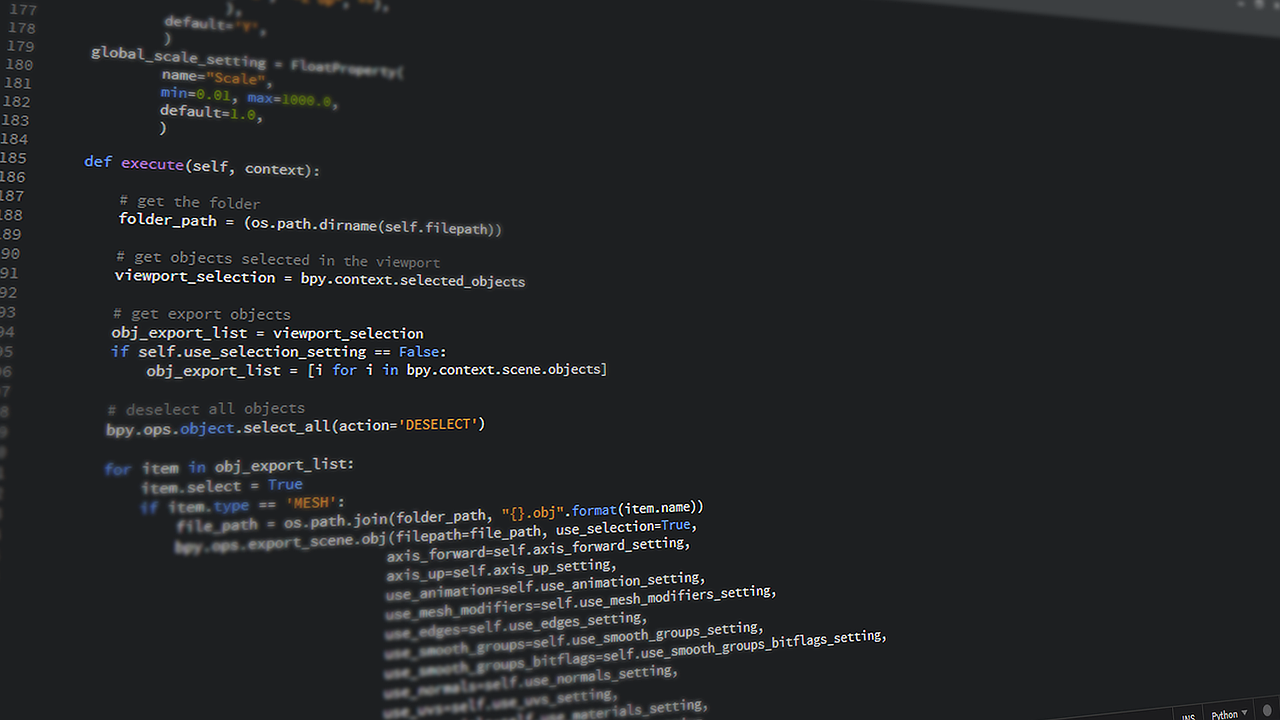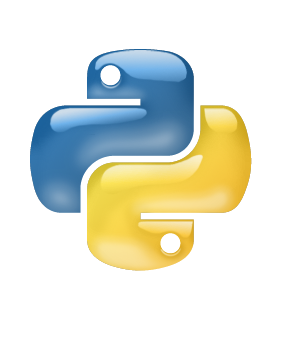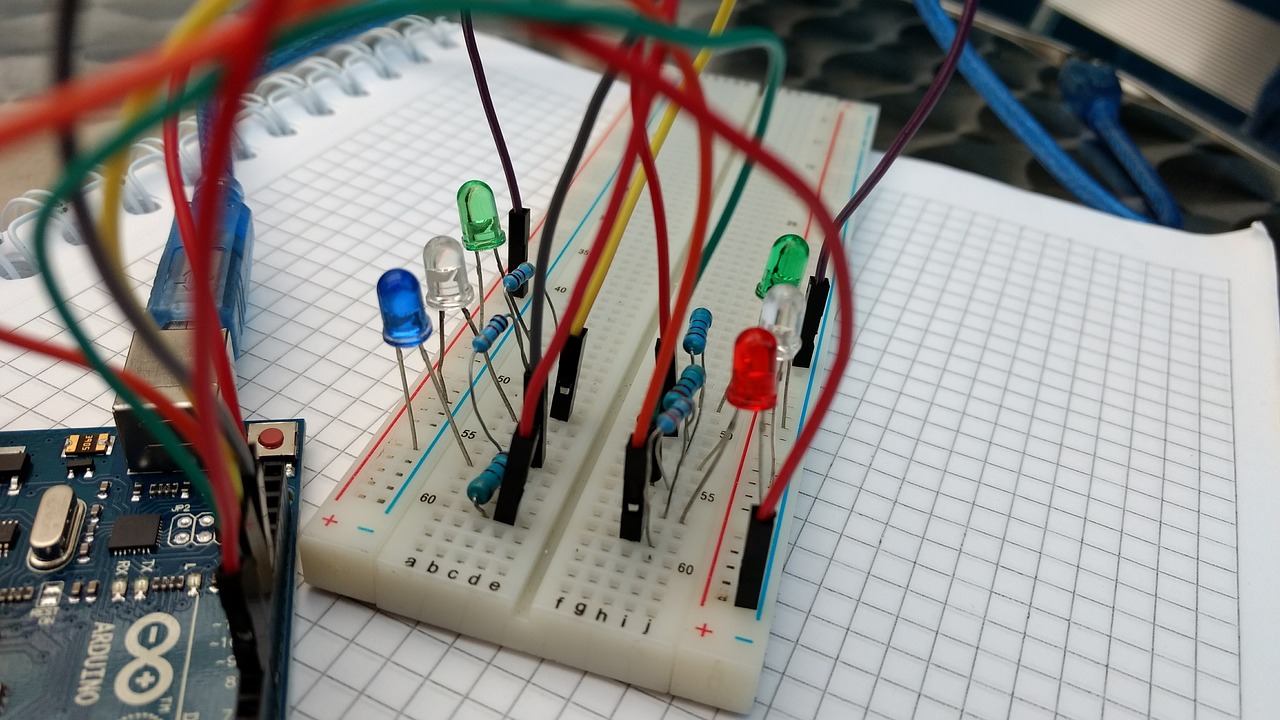
Dynamic programming (DP) is a powerful optimization technique used to solve problems that exhibit overlapping subproblems. It breaks down complex problems into smaller, simpler subproblems, stores the solutions to these subproblems, and reuses them to solve larger problems efficiently. Imagine climbing a mountain – DP allows you to remember the best paths you've taken for smaller sections, so you don't have to re-climb the same rocks on your way to the peak.
This article explores dynamic programming in Python, providing problem examples and showcasing different approaches to tackle them.
The Fibonacci sequence is a classic example where each number is the sum of the two preceding numbers. A brute-force approach would have redundant calculations. DP optimizes this by storing previously calculated values.
Python
def fibonacci_recursive(n):
if n <= 1:
return n
else:
return fibonacci_recursive(n-1) + fibonacci_recursive(n-2)
# DP approach with memoization
def fibonacci_dp(n, memo={}):
if n in memo:
return memo[n]
if n <= 1:
return n
memo[n] = fibonacci_dp(n-1, memo) + fibonacci_dp(n-2, memo)
return memo[n]
# Example usage
print(fibonacci_recursive(5)) # Recursive (slow for larger n)
print(fibonacci_dp(5)) # DP (faster for larger n)
Choosing the Right Approach:
Both recursive and iterative approaches can achieve DP solutions. Recursive approaches might be easier to understand conceptually, but iterative approaches are often more memory-efficient and faster for larger problems.
Beyond the Examples:
DP has numerous applications across various domains. Common uses include finding the longest common subsequence of strings, solving knapsack problems (maximizing value under a weight constraint), and implementing efficient algorithms for graph traversal (e.g., shortest path).
Embrace the Power of Dynamic Programming:
By understanding these core principles and exploring different problem-solving techniques, you can leverage the power of dynamic programming to tackle complex problems with optimal efficiency. Remember, DP is a valuable tool in your Python problem-solving arsenal, allowing you to conquer new challenges with elegance and speed.
Your email address will not be published. Required fields are marked *










































